Symbolic Stone – Indian Temple Ornamentation
PRIMITIVE - Saturday, April 22, 2017By Glen Joffe
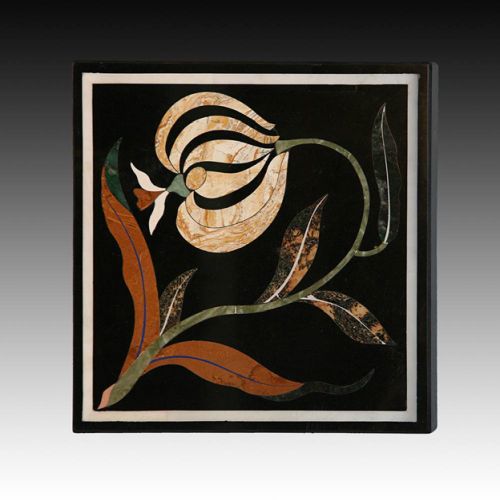 |
|
As one would expect from any ancient culture, over time India has developed an exceptionally rich architectural heritage. This is evident in famous structures such as the Taj Mahal and the Ajanta Caves, for example; but it also becomes apparent in countless other structures dotting the entire country. Perhaps the greatest contribution of Indian architecture is the spiritual content found in many “buildings,” many unrivaled in their local areas in terms of grandeur and the exhibition of material wealth; and when it comes to such structures none are more memorable than temples. Many, many books are devoted to Indian architecture and to the splendor of Indian temples. The purpose of this blog is not to analyze the different types of temple architecture, but instead, to briefly describe a cross section of the Indian temple ornamentation presented by PRIMITIVE.
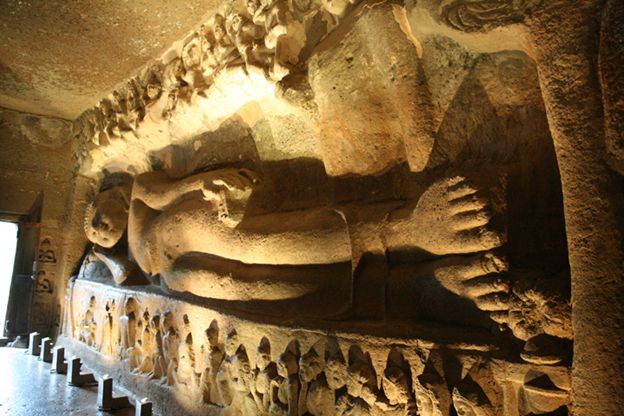 |
|
Perhaps the most memorable feature of temples found in India is the stone carvings. In most temples, wherever one looks, be it pillars, ceilings, walls and floors, you might say the builders went to extremes when it comes to adornment. In short, the stone carvings utilized in Indian temple ornamentation have turned many structures into architectural marvels. Although the history of stone carving in India reaches as far back as the Indus Valley Civilization (3300-1300 BCE), guilds of masons have existed since the 7th century BCE. The stone carvings they produced typically depicted Indian mythology, saints, gods and goddesses, monks, devotees, and traditional religious motifs. They all found their way into a spectacular rendezvous of stone and rock. Often, each nook and cranny of older structures may be so carved and ornamented that it becomes a wonder such edifices were created out of plain stone. Frequently, entire structures were covered with stone carvings as well as all the ornamentation found inside and on the exterior. This stone carving included architectural supports, facades and other details as well as free standing sculpture and other types of mobile ornamentation. In some cases pietra dura, the art of stone inlay was used to further the ornamentation. Click here to read about pietra dura in another blog on PRIMITIVE’s website.
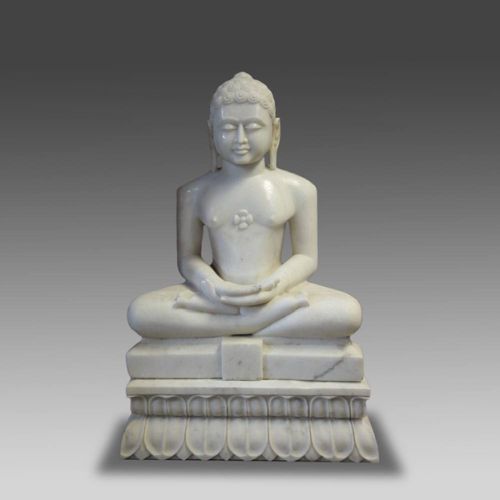 |
|
The architectural heritage of India is based on numerous, diverse influences. Over the course of thousands of years, invasions have taken place and empires have come and gone. Each brought with it their own set of influences and architectural achievements. The earliest architectural Indian stone carvings found today are Buddhist. One visit to the Ajanta Caves is enough to convince even the most casual visitor that an omission was made when it came to naming the Seven Wonders of the World for the stone carvings found there were created by the removal of rock to make the cave and reveal the statues as opposed to placing statues and other Indian temple ornamentation like pillars inside an existing cave. Now a UNESCO Heritage Site, Ajanta is a site consisting of a series of decorated caves in the Aurangabad District of Maharasthra State. Originally created as monasteries and temples lining a single grotto, they were created from the 2nd century BCE until approximately the middle of the 7th century AD, a span of approximately 800 years. In ancient India, this site was believed to house monks, but it was also a resting place for traveling merchants and pilgrims, which illustrates that even the most elaborate Indian temple ornamentation was found on buildings that frequently had multiple uses. The caves are lined with numerous statues carved out of the stone walls as well as painted friezes, all depicting Buddhist iconography. PRIMITIVE has a large collection of Buddhist statuary, many related to what can be seen in the caves, so it is a bit redundant to address all these forms here. If you have an interest in Buddhist art, click here to read Appreciating Buddhist Art: Part One – Siddhartha Gautama on this website. Suffice it to say, the famous Buddha Room at PRIMITIVE was inspired at least in part by the Ajanta Caves.
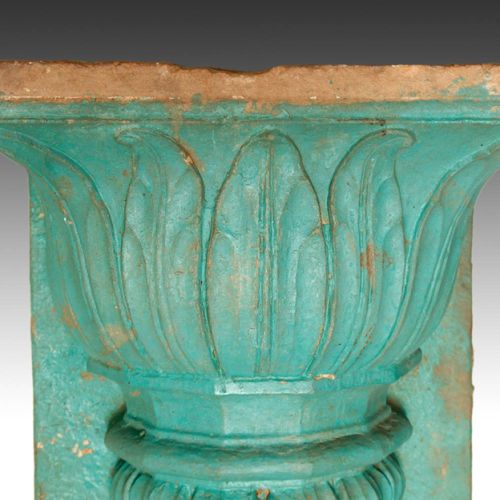 |
|
As the Ajanta Caves were becoming outmoded because of the changing nature of religious practices in India, the Jain religion began to ascend. Unlike Hinduism and Buddhism, which spread to other countries, Jainism remained in India. Although technically not a part of Hinduism, there are some similarities and differences between the two. Jains believe that an immortal and indestructible Jiva or soul resides within every living entity. Non-violence, non-materialism, ascetic practices and meditation are at the heart of their spiritual practice. As one might expect from an ancient religion, Jain mythology and cosmology are highly developed and well documented by scholars and artisans. Compared to the number of Hindu temples in India, Jain temples are few and spaced out. An important aspect to be noted is that while Hindus and Buddhists built temples, Jains built “temple-cities” on hills. To put it in their own words, they ornamented these holy hills with the splendor of jewels. Jain temples sometimes defy the idea of austerity and non-material practice because the Indian temple ornamentation found there can be elaborate and architecturally significant. The Jains used to tear down their older, decaying temples and build new ones at the same sites. Jain temples are considered by some to be the richest temples in the world, surpassing many other structures in India, including the Taj Mahal, built by the Mughal Emperor Shah Jahan as a tomb for his wife. Many Jain structures and the attendant Indian temple ornamentation are carved from marble, and these structures are commonly ornamented with statues of Tirthankaras on the interiors. The Tirthankaras can be viewed as teaching gods responsible for presenting the Jain philosophy. There are twenty-four Tirthankaras. The last of these is named Mahavira, and there is a wonderful collection of stone Mahavira’s available from PRIMITIVE. Mahavira is one of the most popular deities found in Indian temple ornamentation related to the Jain religion.
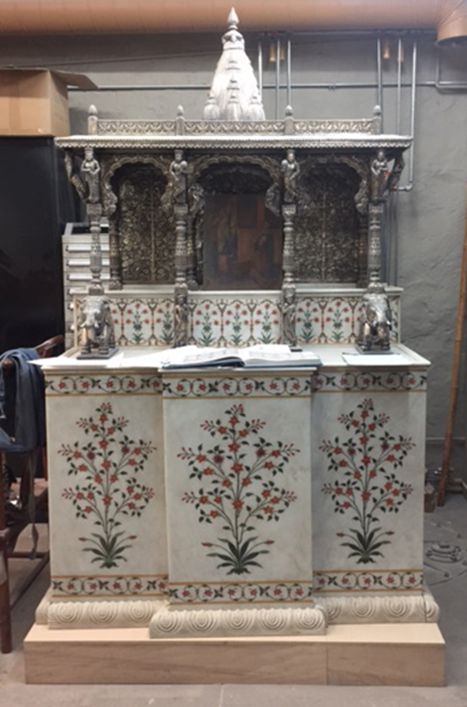 |
|
Essentially, there are two types of Jain temples, those found outside and those found inside. Outside temples are known as Shikar-Bandhi. These types of structures typically have marble pillars and a central rising dome called a Shikara, which is a Sanskrit word translating as “mountain peak,” a reference to the dome. Normally, under the central dome one would find statues. Nonetheless, in PRIMITIVE’s collection of Indian temple ornamentation are stone carvings of pillars and related details from Shikar-Bandhi. The second type of Jain temple is called a Ghar, which is essentially a home shrine in a personal residence or compound. It may be a separate room or structure within the compound. One particular type of home shrine or temple is called a Ghar Mandir. Although this type of shrine may bear architectural elements in miniature similar to those found in both Jain and Hindu temples, Ghar Mandir are usually found in Hindu households and compounds. Within PRIMITIVE’s collection are examples of Ghar Mandirs, which includes the main altar in the Buddha Room.
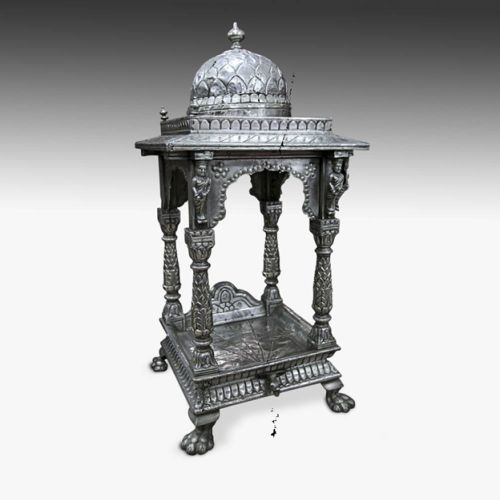 |
|
Of all the materials used in Indian temples, marble was regarded as the most important. Considered the 'royal stone,' it was used for tombs, palaces and other enduring monuments as well as temples. In India, the art of carving marble is formally known as Shilpa Shastra. An ancient term that translates as the 'science of arts and crafts,' Shilpa Shastra covers a wide range of decorative and sculptural disciplines such as painting, stone carving, carpentry, jewel making and pottery. The old Hindu texts of Shilpa Shastra address various design rules and principles such as proportion, composition and meaning, especially when it comes to the creation of deities and architecture. In essence, artists were given a roadmap to follow when creating images of gods and buildings. In ancient India, the arts were open to all members of society regardless of class, caste or gender. Carving techniques and trade secrets as well as religion, history, culture, literacy and mathematics were handed down from master to apprentice generation after generation in a tradition spanning thousands of years.
 |
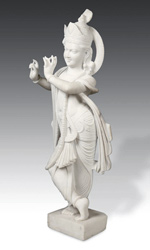 |
||
Makrana, located in the state of Rajasthan is considered one of the oldest and finest marble quarries in India. Marble is called metamorphic rock. Formed from limestone under conditions of high temperature and extreme pressure, it is the concentration of calcium carbonate in the limestone and presence of mineral impurities that determine the quality and whiteness of any given marble. The purest marble, like what’s mined at Makrana, consists of over 99% calcite crystals, giving them their remarkable unblemished white hue. Around 250 years ago, Sawai Jai Singh II, a Rajput ruler from the kingdom of Amber moved his capital to Jaipur and summoned all the skilled sculptors to the city. To this day, Jaipur remains a major center of marble stone carving in India; in part, because it is located near Makrana. Much of the work coming from Jaipur is carved from the finest Makrana marble. The Indian temple ornamentation and carved sculptures found there frequently exhibit what can be called a refined softness, grace, and fluidity; and when it comes to animated nature and human forms, remarkably life-like features. In one story a marble artist in Jaipur chiseled a bird that looked so real other birds flocked around and cats pounced upon it. One need not look further than Jaipur to discover extraordinary stone carvings in marble. Many have found their way into PRIMITIVE’s collections. Among these stone carvings are statues related to Jainism and the Hindu pantheon, depictions of religious and spiritual leaders, decorative furniture, functional objects and smaller Indian temple ornamentation in the form of details such as pillar bases and inset oil lamps.
 |
|
Compared to Jain temples the stone carvings and Indian temple ornamentation found in Hindu temples bear similarities and differences, much like the religions. Hindu temple architecture evolved over many centuries from simple shrines to a canonical form that is adhered to all over the globe today. The basis of just about all Hindu temples is precise geometry said to create structures that are so harmonious they ultimately connect the devout to the gods in the Hindu pantheon. This standardization occurred during the Gupta period from the 4th-5th centuries AD. Hindu temples come in many styles, may deploy different construction methods, and can be adapted to different Hindu gods and variations in Hindu belief rooted in regional differences. Although found in countries all over the world, almost all Hindu temples take one of two forms, a house or a palace. House temples are typically simpler structures that serve as the home for a deity. Palace temples are much more regal architecturally, often heavily with laden Indian temple ornamentation inside and out along with stone carvings of one or more deities and ritual objects. Regardless of form, all Hindu temples share one thing in common: they are landmarks around which stone carvings and the ideas driving Indian temple ornamentation flourish. PRIMITIVE’s collection of stone carvings featuring Hindu deities and Indian temple ornamentation features a wide range of deities and other architectural details. Yet, all conform to dictates laid down centuries ago by artisans and architects who were not only devout, but cognizant that they were creating lasting art forms that would be meaningful for generations to come. Now, hundreds, even thousands of years later, they still speak to us – artistically and functionally – in enduring, relevant ways.
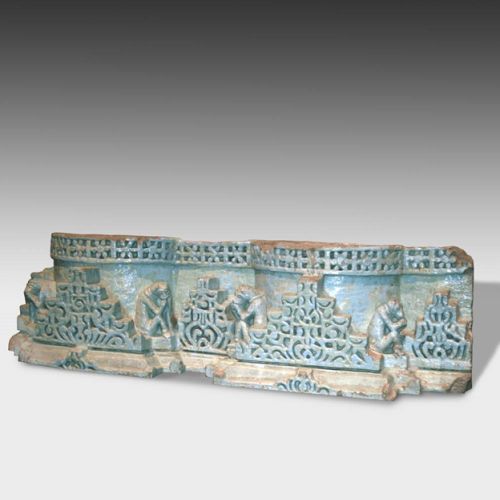 |